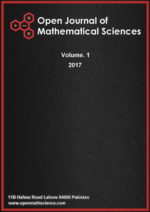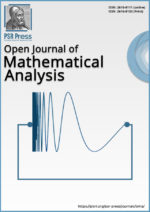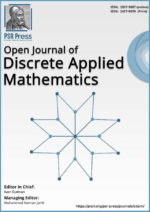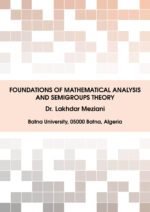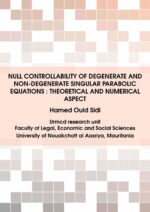OMS-Vol. 3 (2019), Issue 1, pp. 139–151
Open Access Full-Text PDF Gianluca Gabbriellini
Abstract: The interaction between aphids, ants and ladybirds has been investigated from an ecological point of view since many decades, while there are no attempts to describe it from a mathematical point of view. This paper introduces a new mathematical model to describe the within-season population dynamics in an ecological patch of a system composed by aphids, ants and ladybirds, through a set of four differential equations. The proposed model is based on the Kindlmann and Dixon set of differential equations [1], focused on the prediction of the aphids-ladybirds population densities, that share a prey-predator relationship. The population of ants, in mutualistic relationship with aphids and in interspecific competition with ladybirds, is described according to the Holland and De Angelis mathematical model [2], in which the authors faced the problem of mutualistic interactions in general terms. The set of differential equations proposed here is discretized by means the Nonstandard Finite Difference scheme, successfully applied by Gabbriellini to the mutualistic model [3]. The constructed finite-difference scheme is positivity-preserving and characterized by four nonhyperbolic steady-states, as highlighted by the phase-space and time-series analyses. Particular attention is dedicated to the steady-state most interesting from an ecological point of view, whose asymptotic stability is demonstrated via the Centre Manifold Theory. The model allows to numerically confirm that mutualistic relationship effectively influences the population dynamic, by increasing the peaks of the aphids and ants population densities. Nonetheless, it is showed that the asymptotical populations of aphids and ladybirds collapse for any initial condition, unlike that of ants that, after the peak, settle on a constant asymptotic value.


